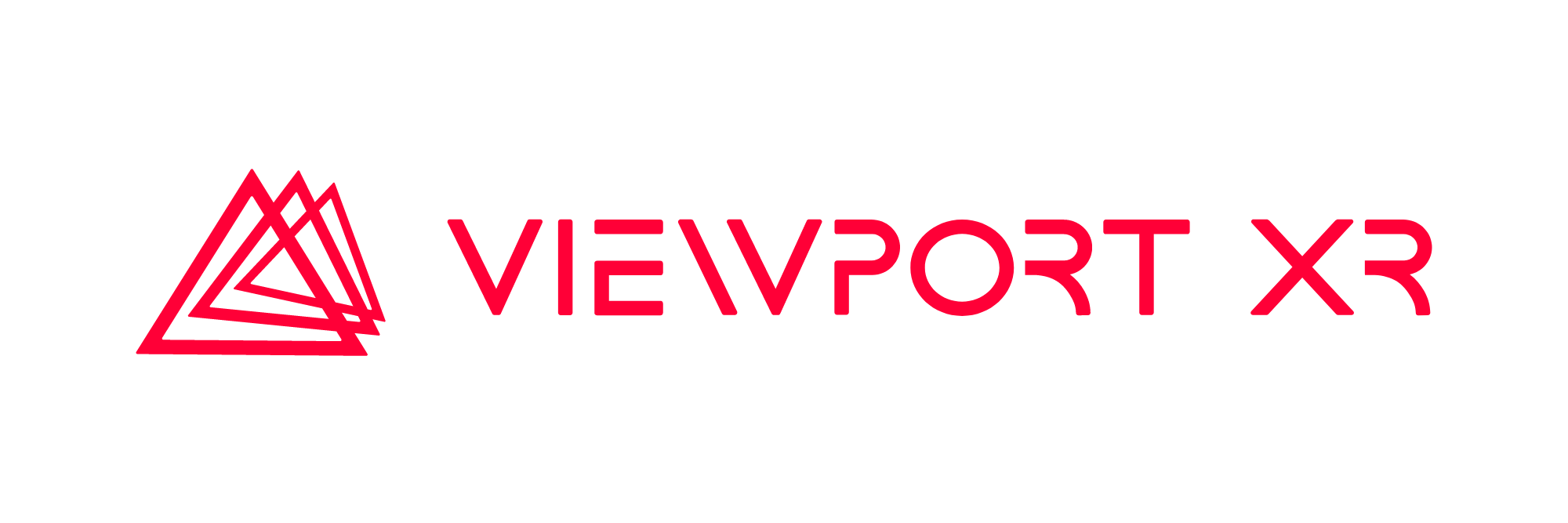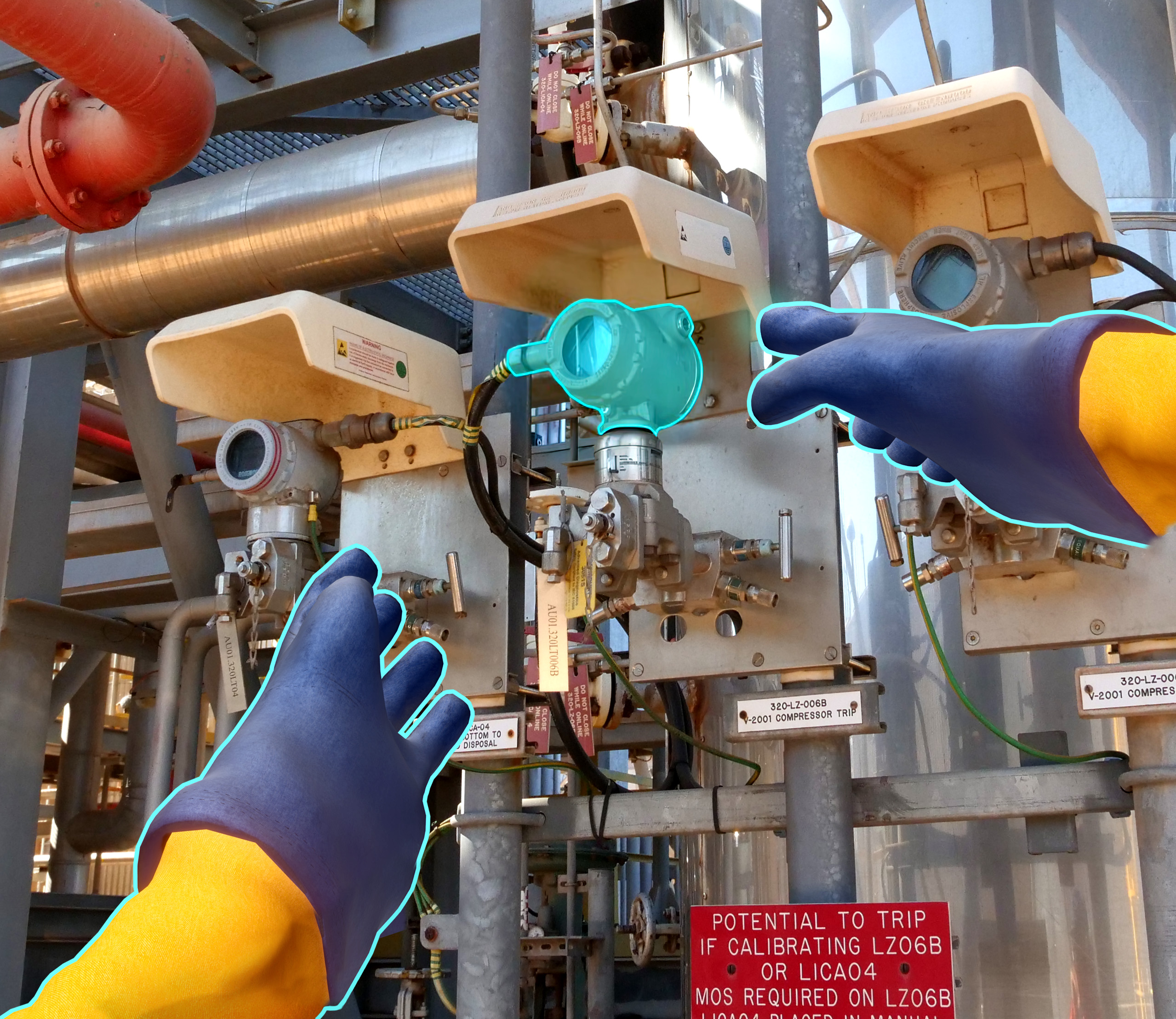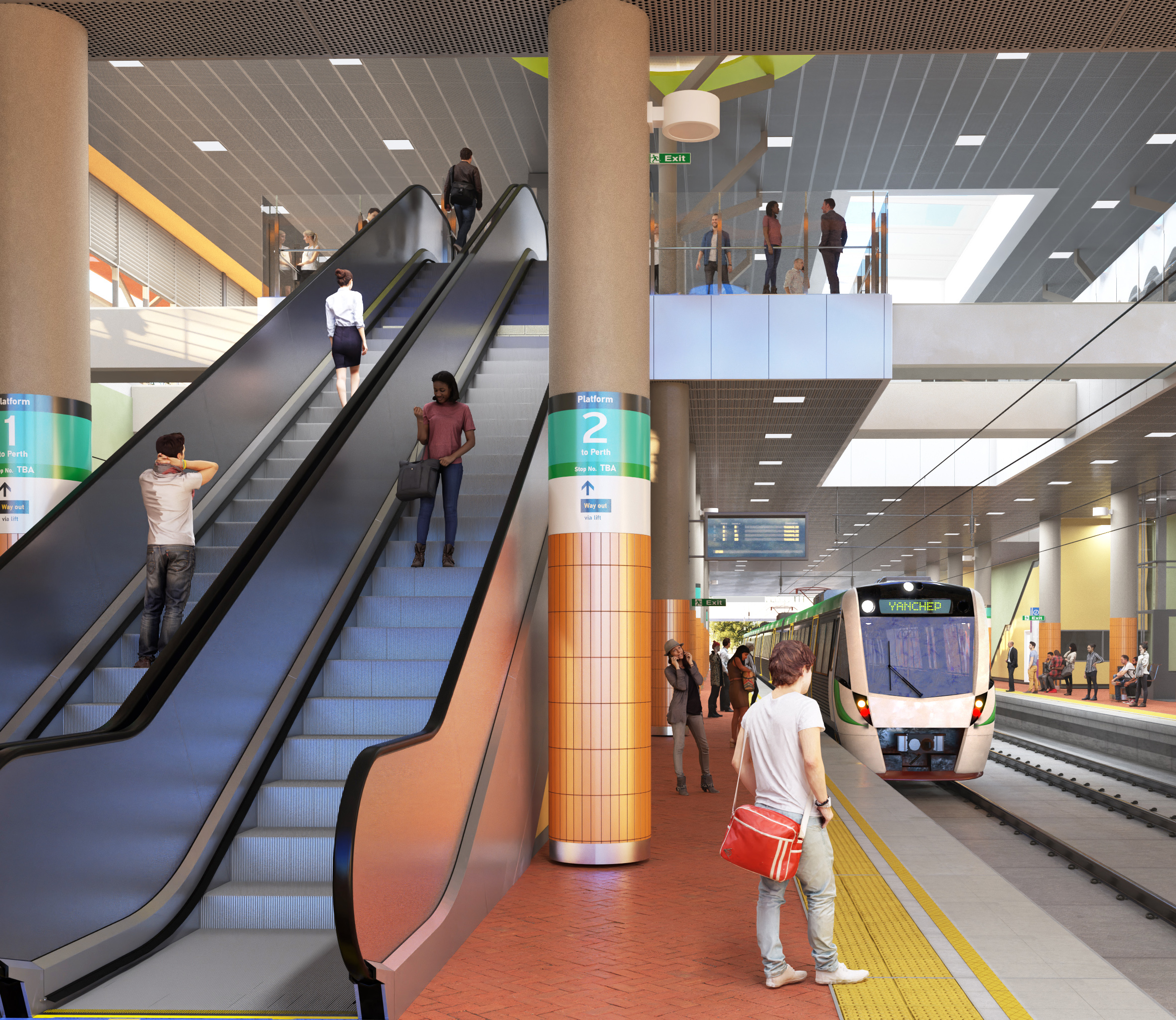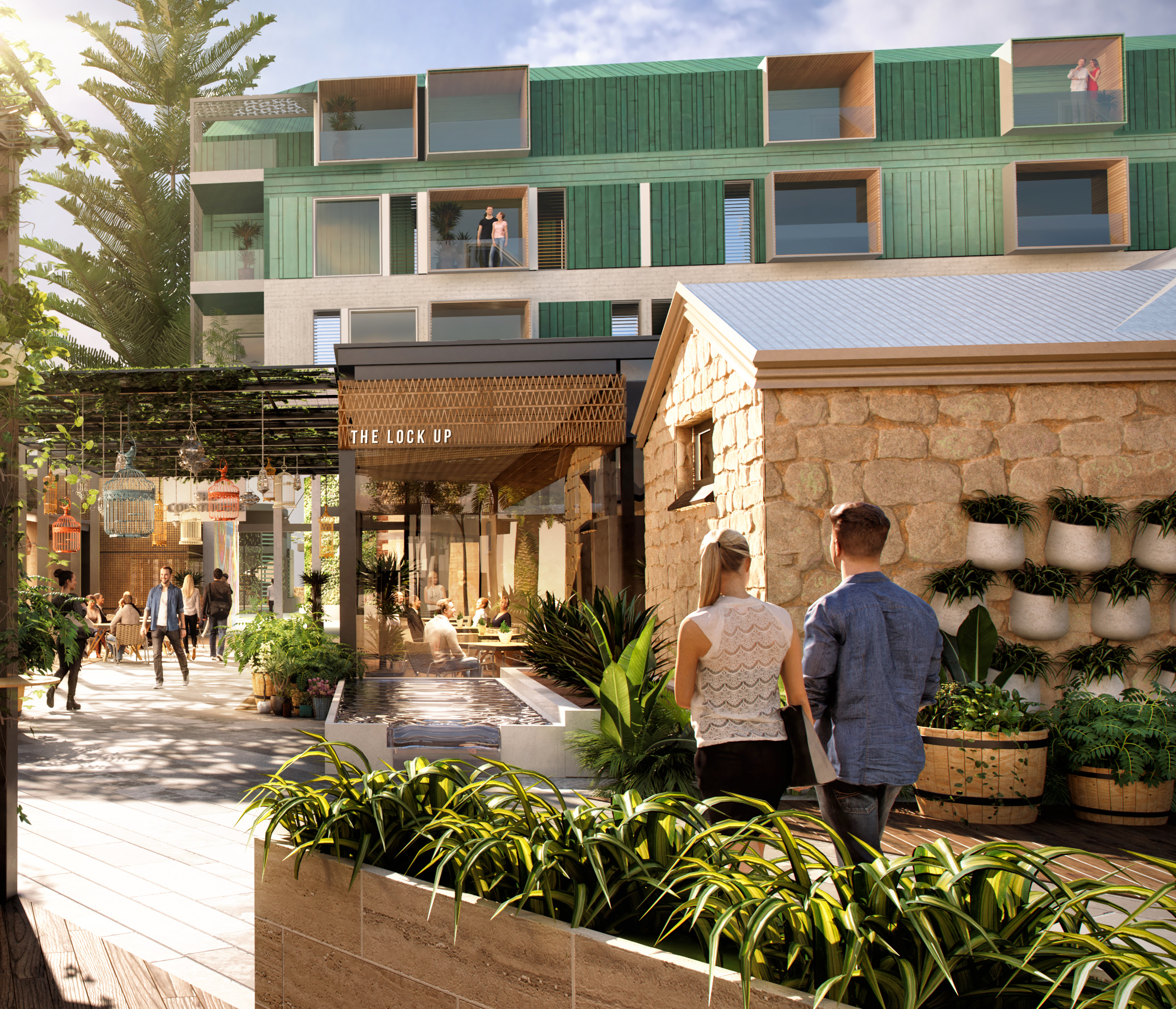Dementia affects 1 in 10 people over the age of 65. So this case study will likely hit close to home.
Dementia Training Australia (DTA) contracted Viewport to create a Virtual Reality education platform. The learning experience sought to take users “through the looking glass” into the harsh reality of living with dementia.
Viewport developed the Meaningful Spaces experience, a first-person, real-time simulation that places you in the eyes of ‘Georgina’ – an 87-year-old woman who grew up in Fremantle, loves Corgis, and has Dementia.
The VR experience provides care workers with a first-hand understanding of what it’s like to live with dementia. This increased awareness enables them to provide a higher quality of care.




